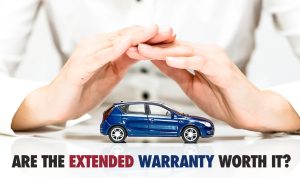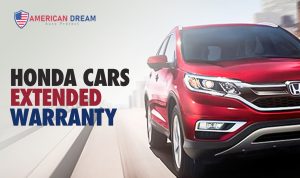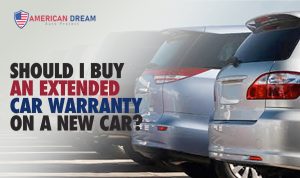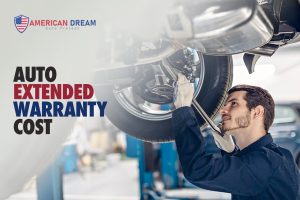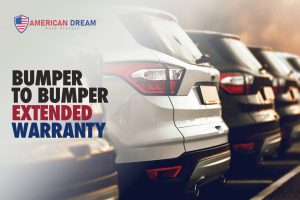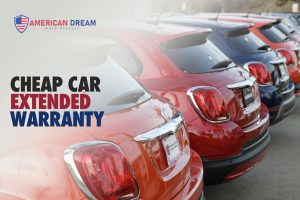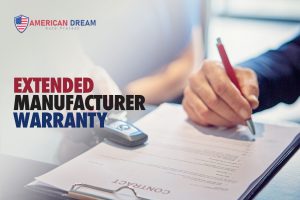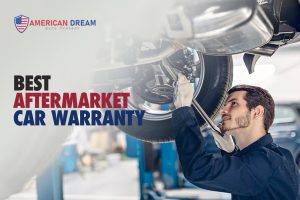Every vehicle is equipped with a tire monitoring system which is called Tire Pressure Monitoring System (TPMS). The purpose of this monitoring system is similar to a low-fuel warning light, which warns you that at least one or more tires are underinflated which can cause a dangerous situation during your driving. This indicator is the yellow type and simply illuminates the dashboard in the shape of a tire cross-section which is an exclamation point. Generally, the light comes on only when the tire air pressure is below 25%, which means you cannot drive your vehicle in this condition, otherwise, it can be harmful to you. The survey held by the National Highway Authority administration found that about 11,000 tires related motor vehicle crashes every year and many of these crashes were due to tire underinflation (low tire air pressure). Beyond the safety factor, it can also cause some other issues which are explained below.
Effects of low tire pressure
Fuel inefficiency
low tire pressure can cause more fuel and can lead to low fuel efficiency because during this time there are more tires on the surface of the road that caused more drag which requires more power from the car to mobilize itself. Low tire pressure can actually boost acceleration, despite common misconceptions to the contrary. On the other hand, low pressure can also increase other concerns including faster tire deterioration.
Premature and uneven wear
Low tire pressure causes more tire surfaces to contact the road, which causes premature and unequal wear and tear. The additional road contacts heavily degrade the tire’s inner and outer shoulders, resulting in worn-out tread and inadequate tire traction. Tire replacement, maintenance, and repair must be done more frequently due to premature and uneven tire wear.
Frequent flat tires
Low tire pressure causes your vehicle’s tires to bear more weight and force, which shortens the wear more quickly than is typical. Flat tires, which are a major safety risk when driving on the road, can be caused by insufficient tread. Maintaining tires at their ideal air pressure will help the tread last longer and reduce the likelihood of a dangerous or uncomfortable flat tire.
The blowout of the tire
the most dangerous risk connected to low tire pressure is a blowout. This can lead to the tire overheating and blowing out because more of the tire’s surface will be in contact with the road, warming up the rubber. Unexpected tire blowouts result in the driver losing control of the car. Higher speeds increase the likelihood of blowouts, which makes them exceedingly risky and potentially fatal.
Is it safe to drive?
When your tire pressure is slightly low, you can drive safely up to a few miles until you add some air. While the extremely slow air pressure can lead to tire failure which result can be a blowout and which is very critical and extremely dangerous. Additionally, you’ll have poor traction and your car won’t be able to adequately cushion the effects of the road. This is quite risky when it’s raining or snowing since your tires won’t be able to obtain a good grip on the road when you’re driving and making turns. You should not disregard the tire pressure light because it is intended to notify you of an air pressure problem. A blowout can have major consequences that could endanger your safety, the safety of your passengers, and the safety of other road users. As soon as you can, stop at a gas station and top off the tires’ air pressure till it is appropriate. It offers the best protection against excessive tread wear and potential accidents.
To conclude, it is not advised for professionals to drive with low tire pressure, Because of this, drivers should be aware of what constitutes low tire pressure and make every effort to bring their automobile to the local shop as soon as they become aware of it, based on these guidelines about tire pressure and PSI.






